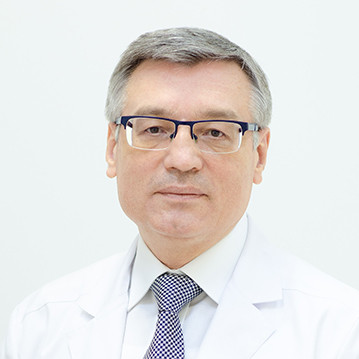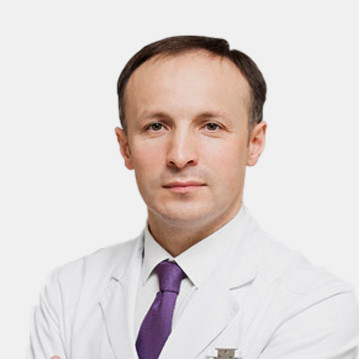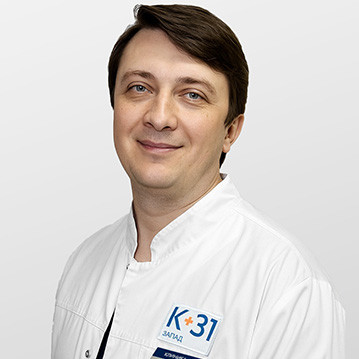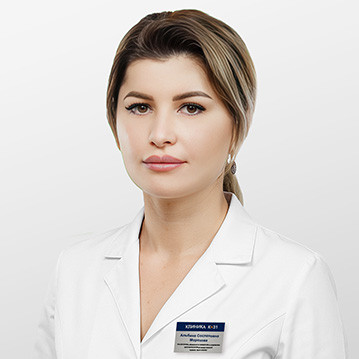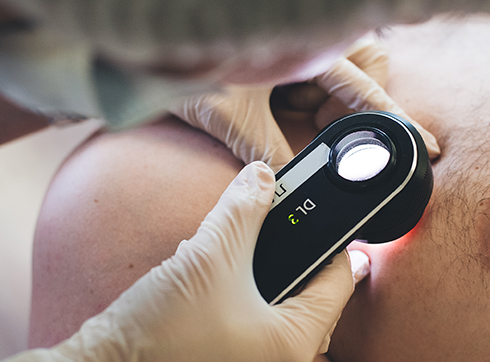
What is melanoma?
Melanoma of the skin is a malignant neoplasm that affects the skin, mucous membranes and even the retina of the eye. It is characterized by aggressive tumor development. It is formed from melanocytes and melanoblasts - cells containing the pigment melanin, from which moles are also formed. Melanoma is one of the most dangerous types of cancer due to the fact that it is asymptomatic and rapidly progressing, accompanied by metastasis and frequent relapses, and also has a weak response of the body.
Call us or make an appointment online to carry out timely diagnostics and high-quality treatment in the city of Moscow.
Causes of melanoma
Melanocyte pigments are responsible for skin color and tanning. Small skin formations that are overflowing with these pigments, we call moles, or nevi. Under the influence of certain factors, nevi can become malignant, their cells multiply uncontrollably, a tumor and metastases form. The causes of malignancy of moles can be excessive exposure to ultraviolet radiation, diseases of the thyroid gland or the endocrine system, trauma to nevi.
Such tumors can be of different sizes, shapes, textures. Melanoma cancer can have different localization: lips, eyelids, other parts of the face, scalp, neck, limbs, torso.
The causes of melanoma skin cancer are not fully understood, but risk factors for the appearance of a malignant neoplasm include:
- sunburn, solarium;
- genetic predisposition;
- frequent contact with carcinogens and toxins.
The risk group includes the elderly and people with fair skin, freckles and red hair. As well as those who work in hazardous industries. Such people need to be regularly examined and be more attentive to moles, freckles and their changes.
Symptoms of the disease
The main danger of this malignant tumor is that melanoma can occur and not manifest itself for a long time, the clinical picture in the early stages is not expressed. Often, the oncological process develops asymptomatically in the surface layers of the skin for several years, and then suddenly begins to spread through the blood and lymph flow to other organs - the brain, lungs, liver, lymph nodes, and so on. There, new foci of growth of cancer cells begin to form - metastases.
Often, melanoma skin cancer has the appearance of a flat formation or nodule on the skin, which is painless. Its color can be brown, pink, black and blue. In some cases, the tumor formation acquires several shades due to the uneven distribution of the pigment (a birthmark, which is not malignant, may have a similar picture). But in general, the clinical picture varies.
A relatively favorable course is typical for melanoma without ulceration. In the case of the nodular form and the presence of ulceration, there is a higher risk of developing metastases.
You need to pay attention to the following symptoms:
- the furrows have disappeared from the mole, and its surface has become smooth;
- the mole has increased in size;
- Unpleasant sensations, burning, itching, pain syndrome appeared in the area of the neoplasm, the degree of which depends on the stage of the disease and its severity;
- the mole has become dry and flaky;
- it bleeds, there are ulcerations;
- there is redness in and around the mole, as if inflamed;
- “child” moles appeared;
- hair falls out in the area of the tumor;
- nearby lymph nodes have increased;
- I lost my appetite, there was a sharp weight loss.
The first signs of melanoma that should be of concern are symptoms such as a swollen tumor, irregular edges, asymmetry, uneven color, a diameter of more than 6 mm, rapid growth, changes in color and / or structure.
Clinical classification and stages of melanoma
Melanoma skin cancer is divided into three types:
- Superficial spreading melanoma is the most common. It has an indefinite shape and uneven edges, brown uneven color. There may be discharge from the tumor, melanoma may bleed. Grows on the surface (radial growth phase) and deep into tissues (vertical growth phase), the transition to the growth stage can last months or years.
- Nodular melanoma is the most aggressive type of skin cancer. It develops both from a pigmented nevus and from unchanged skin. The tumor grows rapidly vertically above the surrounding tissues, has a dark blue or almost black uniform color. In rare cases, melanoma may not be pigmented.
- Malignant lentigo is rare and usually occurs in the elderly. It has the form of small (up to 3 mm) nodules in open areas of the body (arms, neck, face). Color - dark blue or dark and light brown A relatively favorable course is characteristic of melanomas without ulceration. In the case of the nodular form and the presence of ulceration, there is a higher risk of developing metastases.

